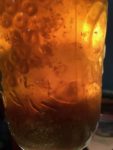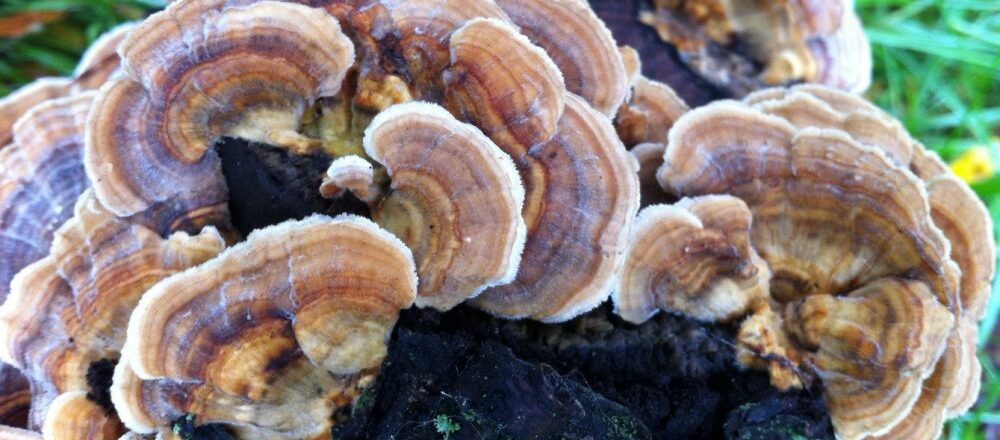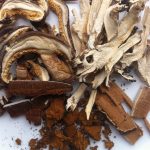
Friend and fellow mycophile Kathy made this beautifully seasonal wreath! I thought it apropos that there were turkey tails in there. Wishing Peace to all and Warmth on this longest night of the year. May we all have 20/20 hindsight … Continue reading

The Birch Polypore mushroom ( Fomitopsis betulina) is one of my favourite medicinals for a number of reasons. Firstly, it’s common in this area as we have many damaged and dead birch trees, which are the poypore’s only habitat. As … Continue reading

Companies are experimenting to industrialize techniques similar to those I used in my Fungus Face Experiment to replace non-biodegradable packaging materials like styrofoam. Story by Millie Dent, CNN Business Video by Alfredo Alcantàra & Bronte Lord, CNN Business New York-based … Continue reading

Check out this podcast about fungi I did with the Teach Me Tiger team: This week, we are talking about MUSHROOMS. A friend joins us to teach us all about fungi. We learn about fruiting bodies, bespoke antibiotics, the mycelial … Continue reading

A bit of work to make but great to have on hand for quick hearty mushroom broth. Improvising on a recipe concept in Joe Beef’s cool cookbook Surviving the Apocalypse: Powder up some dried shiitake, maitake, puffball, cocoa beans, garlic … Continue reading

(by Bob Yirka , Phys.org ) —A new study undertaken by a diverse group of scientists in Sweden has found that contrary to popular belief, most of the carbon that is sequestered in northern boreal forests comes about due to … Continue reading

After a hot dry summer, a couple of cool nights and some rain is all the mushrooms need to encourage them to burst forth. These beauties come from “regular” spots, that is, my friend Laurie finds giant puffballs in the … Continue reading

When it is time to fruit a fungal culture, it is necessary that you control the amount of light, oxygen and humidity it receives. Changes in light, moisture and fresh air are what stimulate the mycelial mass to produce what … Continue reading

Psychedelics could be ‘next generation’ of safer treatments for mental health Alex Matthews-King | Health Correspondent | The Independant “One of the hallmarks of depression is that the neurites in the prefrontal cortex – a key brain region that regulates … Continue reading

